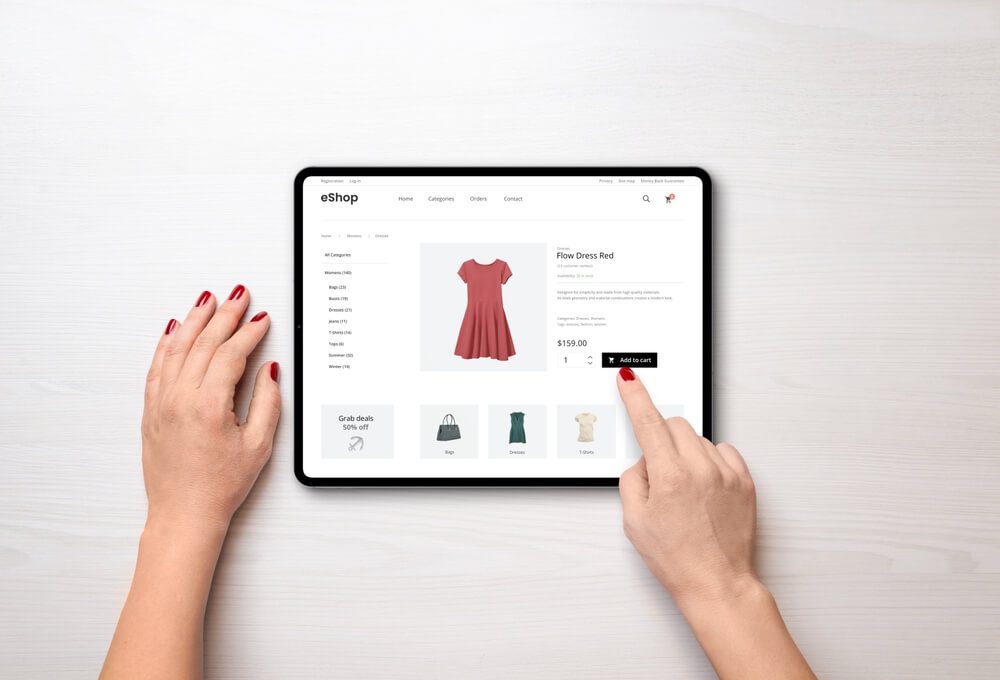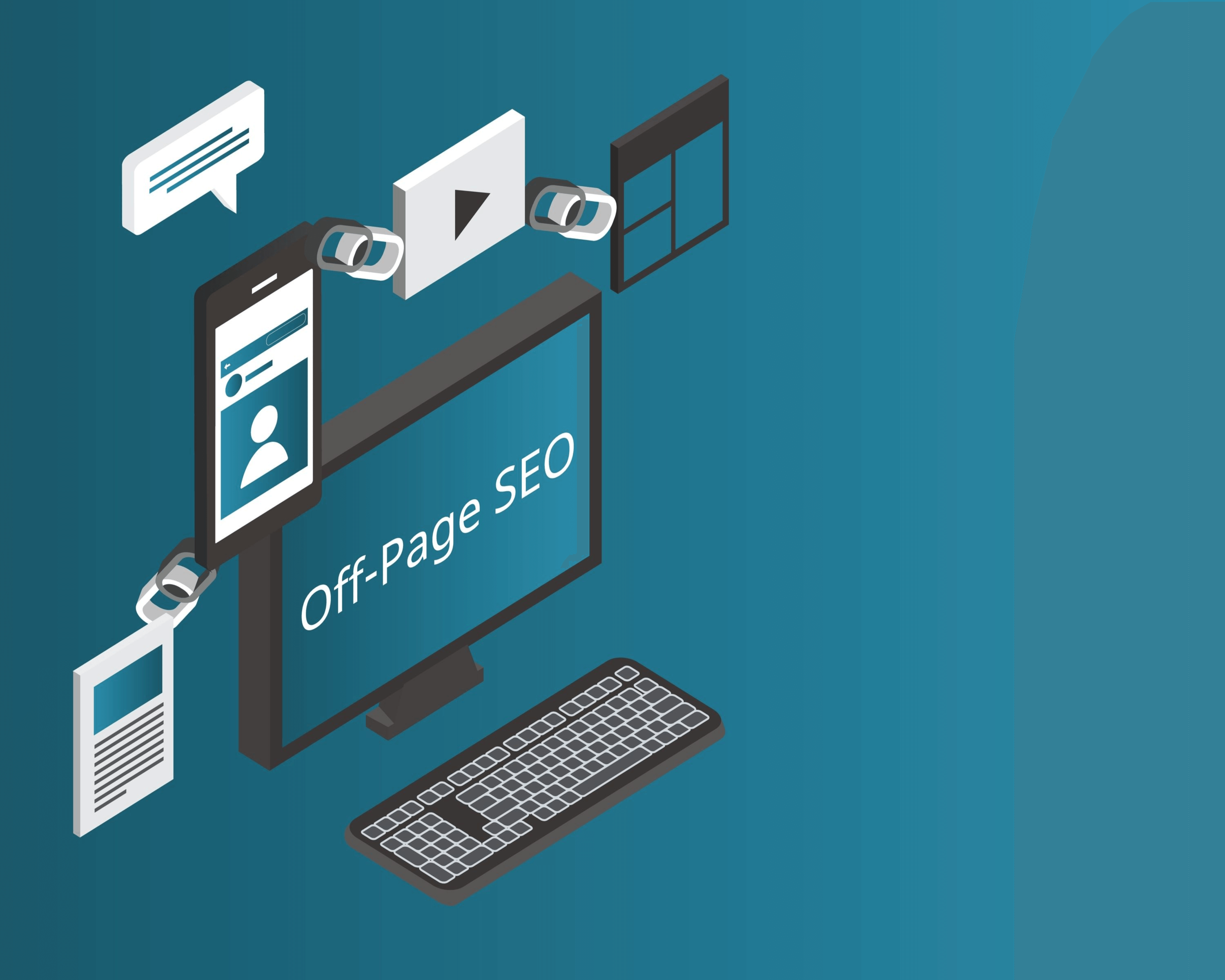
Steps To Optimize Ecommerce Product Pages for the Best SEO
Do you need help with increasing brand awareness for your ecommerce products? Do you want to expand your market share in this trillion-dollar business? If your answer to both questions is yes, a reputable ecommerce search engine optimization (SEO) agency can help you.
Your product or brand can be the best on the market, but if you are not putting thought into optimization, you will not get the attention you deserve. You might be committing grievous mistakes that do not drive organic traffic. Customers might not even find your products.
A good SEO team refines many elements to improve the product page’s performance. This article discusses the fundamentals of these techniques and how to implement them:
- On-page optimization
- Off-page optimization
- Technical SEO
- Local search optimization
Read below to learn more about expert SEO techniques for your ecommerce site. Let’s go!
Want to learn more about the Digital Authority Partners approach to SEO? Watch this video!
1. On-Page Optimization
On-page optimization involves tweaking elements on each product page to improve search engine rankings. In other words, it directly connects your product pages to your targeted keyword.
On-page optimization is vital for many reasons:
- It helps search engines understand the page better. In the process, it ranks you for the right keywords and audiences.
- It creates a better user experience. For example, descriptive page titles and meta descriptions boost click-through rates (CTRs) from search results. Long-form, detailed content answers user questions and convinces them that your product matches their needs.
- It reinforces your authority and relevance on certain product keywords. Targeting the right terms on-page makes you sound more trustworthy and credible. Converting leads to buyers is easier and faster.
How to Do It
How do you do on-page optimization on product pages? Consider these tips:
| Element | Tips |
|---|---|
| Keyword research | - Think about the terms your customers might use to search for your products. - Use keyword research tools. Look for more specific, less-competitive long-tail keywords that describe the product. - Determine the intent behind the keywords. Are they informational, navigational, transactional, or commercial? - Look at competitor keywords. Identify gaps in their keyword strategies that you can capitalize on. - Balance search volume with relevance to ensure the keywords suit your products. - Include the keywords in the meta tags and descriptions. |
| Content quality | - Include the main keyword near the beginning of the title. Keep it concise and descriptive. - Incorporate primary and secondary keywords naturally. - Write helpful, SEO-friendly product descriptions. Highlight key features and benefits. Use bullet points for easy reading. - Use multiple images to show the product from different angles. Take advantage of generative AI to streamline the process. - Encourage user-generated content through reviews. Display reviews prominently on the product page. - Create videos that demonstrate the product in use. Use keywords in the video file name and description. - Link to related products and categories. Use descriptive anchor texts for internal links. Do not match the hyperlink with the internal link’s targeted keyword. - Update product information as needed. - Include buttons to encourage sharing on social media. - Direct users with clear calls to action (CTAs), such as “Buy Now” or “Add to Cart.” |
| Meta tags | - Add alt text with relevant keywords to images. - Include primary keywords in the title tag and meta description. Keep the title tag under 60 characters and limit the meta description to 155–160 characters to prevent them from being truncated. - Write unique title tags and meta descriptions for each product page to avoid duplicate content. - Use action-oriented language in the meta description to encourage clicks. Incorporate a value proposition or unique selling point. Use brand names in the title tag if they have strong recognition. - Ensure the page content reflects this change accurately to reduce bounce rates. - Test and refine meta tags based on CTRs from search engine results pages (SERPs). |
Digital Authority Partners (DAP) provides more ecommerce SEO tips and expertise.
2. Off-Page Optimization

Once you have optimized your website, you may notice a large improvement. However, you are not done yet. Off-page optimization covers SEO techniques that happen outside of your website.
Although you have far less control over its impact on your digital marketing plan, it complements on-page optimization in the following ways:
- It lets you earn high-quality backlinks from other authoritative sites to increase your website’s domain and page authority. These inbound links also drive referral traffic.
- It helps your website rank for relevant keywords by building links with anchor texts, expanding your reach.
- Good ecommerce off-page optimization establishes your expertise and thought leadership when contributing guest posts for popular niche sites.
- Social shares and links deliver traffic and improve social proof. User engagement also strengthens your relevance, which boosts rankings.
Off-page optimization accelerates organic growth, making it a vital part of your product-page optimization plan.
How to Do It
What are the best off-page strategies for ecommerce sites? They usually revolve around three core elements:
- External and internal link-building
- Brand mentions and citations
- Social media
Suppose you are a wine store selling rare, aged wines to connoisseurs online. A smart ecommerce SEO agency includes these strategies in the plan:
- Identify popular wine blogs that accept contributor posts to earn backlinks. Pitch relevant, helpful articles, such as “Spotting Counterfeit Wines,” to provide value to readers while linking back to your site.
- Share beautiful photos of wine bottles on Instagram with captions linking to the product pages. Complement off-page SEO with paid advertising. Run Facebook ads targeting wine enthusiasts to bring more traffic to the store.
- Apply topic clustering to connect related pages. For example, include the product page in different high-performing blog posts.
- Publish press releases on platforms such as PR Newswire for new product arrivals, awards won, or special events.
- Connect with social media influencers. Provide free samples of vintage bottles in exchange for honest reviews and recommendations.
- Search for broken backlinks and suggest your relevant links as alternatives.
By taking advantage of connections outside of your website, you increase your reach and relevance to the audience you seek.
3. Technical SEO

Technical SEO includes behind-the-scenes optimization tactics. It usually touches on the site or page infrastructure, coding, and speed. Its main goal is to improve search visibility, performance, and user experience.
Enhancing technical SEO is an evergreen strategy. However, you need an ecommerce SEO agency’s help most in these situations:
- During initial website development to implement proper crawling settings and site architecture
- When redesigning or migrating to new domains
- When you identify crawling or indexing issues in Search Console that need troubleshooting
- After releasing new website features, such as filters that need proper markup
- Periodically to prevent critical large ecommerce technical SEO issues over time, such as bloated codes
Technical SEO creates the optimal website environment for search visibility for sustained, scalable growth. Because problems can occur anytime, technical SEO is an ongoing process, not a one-time fix.
How to Do It
Most ecommerce websites deal with digital SEO problems. A thorough SEO audit usually reveals even the most minor issues you must tackle before they worsen.
The table below shows the top three common technical SEO challenges in product pages and their solutions.
| Technical SEO Problem | Best Strategies |
|---|---|
| Crawlability and indexability | - Improve site navigation and URL structure. Use silos and breadcrumbs. - Create an XML sitemap and submit it to search engines. Update it as you add and update old content. - Use the robots.txt file wisely to guide search engine crawlers. - Ensure server reliability to avoid downtime. - Use structured data to help search engines understand the page content. In particular, apply the Product schema. |
| Mobile optimization | - Optimize images and compress content to reduce loading time. - Test the site with Google’s Mobile-Friendly Test. - Pay attention to Web Core Vitals changes and updates. |
| Duplicate content | - Use canonical tags to point to the original content. - Manage the crawl budget by prioritizing high-performing or potentially high-converting pages. - Consolidate similar pages or delete them to avoid keyword cannibalization. |
4. Local SEO

One of the common questions among ecommerce business owners is whether local search optimization matters in their niches. The answer depends on your situation, but it generally benefits you for various reasons:
- Many customers still search for products using local keywords, such as “shoe stores in NYC” or “toys Delhi.”
- Ranking in Google’s local map drives direct store visits despite having the option to ship products nationwide.
- Positive local mentions and citations on directories such as Yelp help establish relevance and authority.
- Local SEO provides more targeted and better-quality traffic, especially if you have specific target audiences.
- Search engines, particularly Google, leverage user locations when deciding which pages to show.
Voice search is another reason to conduct local optimization for product pages. Recent studies show that many searches from assistants such as Alexa and Siri are localized. For example, the query will likely say, “Alexa, find sushi restaurants nearby” instead of “sushi Chicago.”
Additionally, voice searches frequently lead to local actions. These include calling a store, getting directions, or visiting a local business. All of these are reasons to ensure local SEO is a part of your strategy.
How to Do It
Here are some effective local ecommerce SEO strategies, using the wine store above as an example:
- Optimize Google My Business (GMB) listing with complete details. These include the opening hours, product catalogs, images, and videos.
- Encourage customers to leave detailed reviews about delivery, packaging, and service on your GMB and local product pages.
- Use geo-targeted keywords, such as “wine delivery Cambridge” or “wine shops near me.”
- Create blog content on localized wine-related topics, such as “Best wine bars in San Francisco.” Include some product pages as internal links.
- Build internal versions of your product pages.
- Publish custom landing pages for major cities showcasing wines tailored to local tastes. Link relevant product pages here.
Local SEO builds geotargeted visibility and buyer trust, regardless of whether you ship locally or worldwide.
Summing Up
The ecommerce industry is lucrative but also highly competitive. A solid optimization plan works like a door stopper: it wedges your foot firmly in place to keep opportunities open no matter how the industry may change.
This article lists the basic steps a great ecommerce SEO agency takes to optimize your product pages. For more ideas and customizations, contact DAP to schedule a free consultation.
Want To Meet Our Expert Team?
Book a meeting directly here




